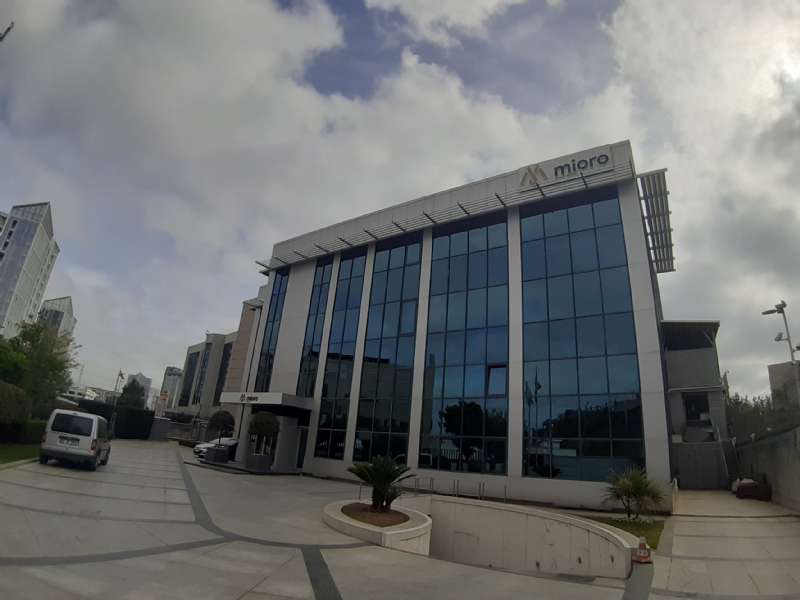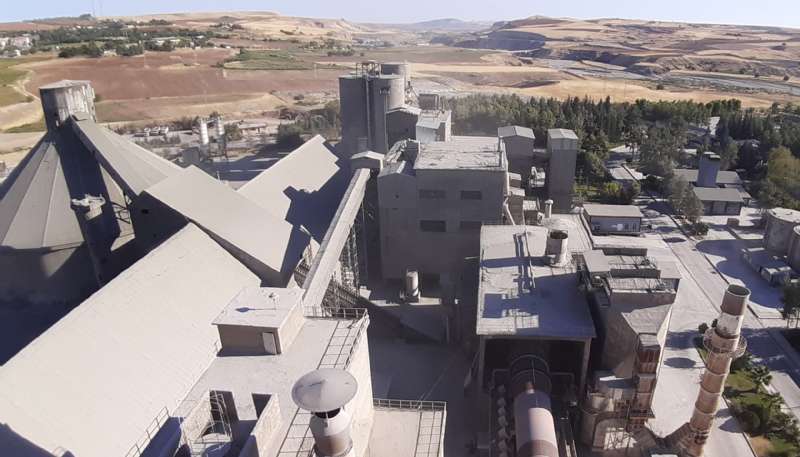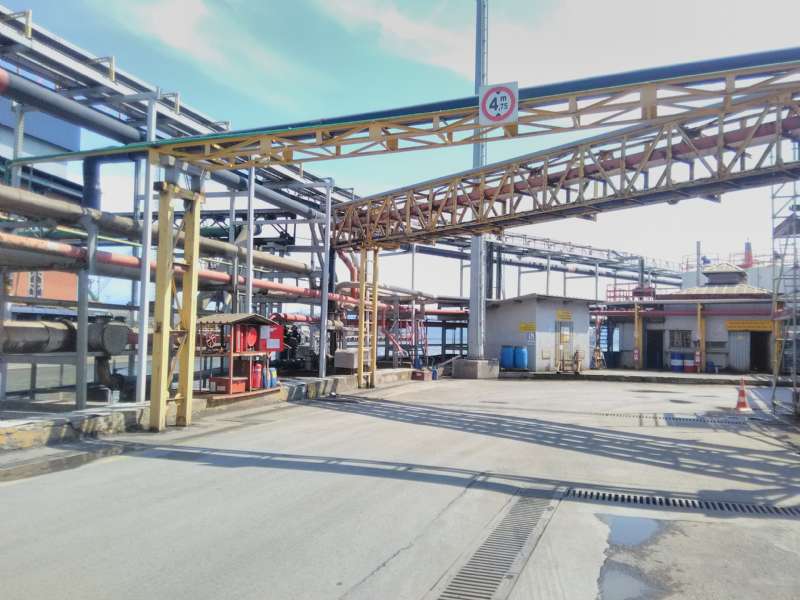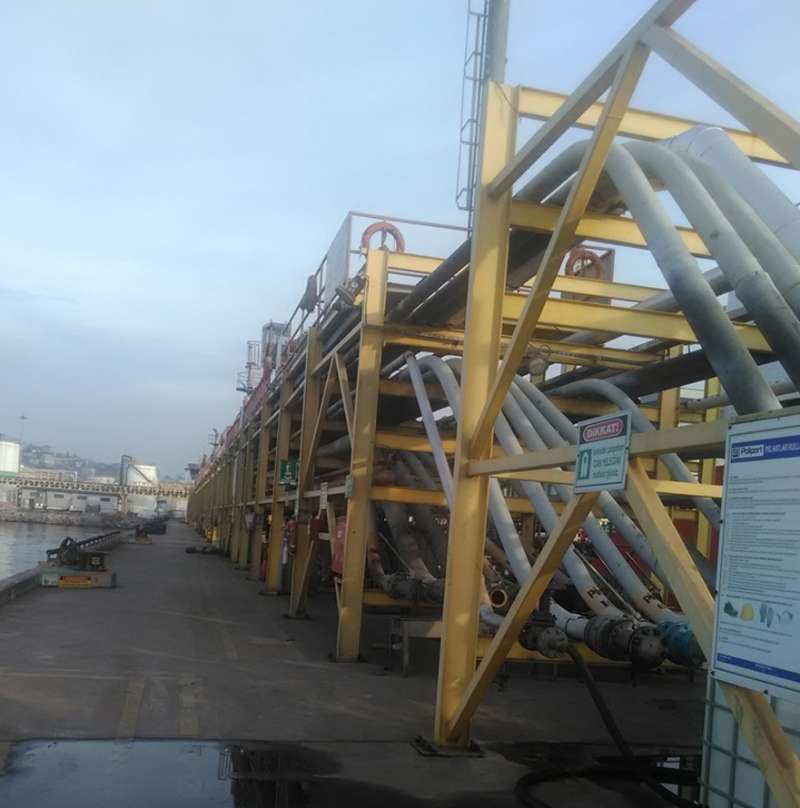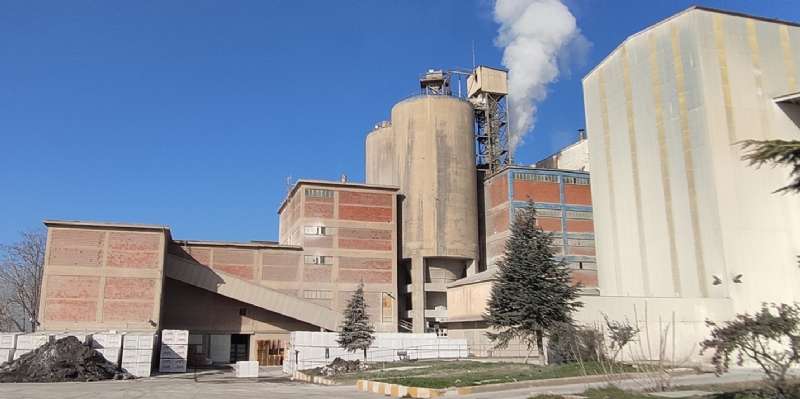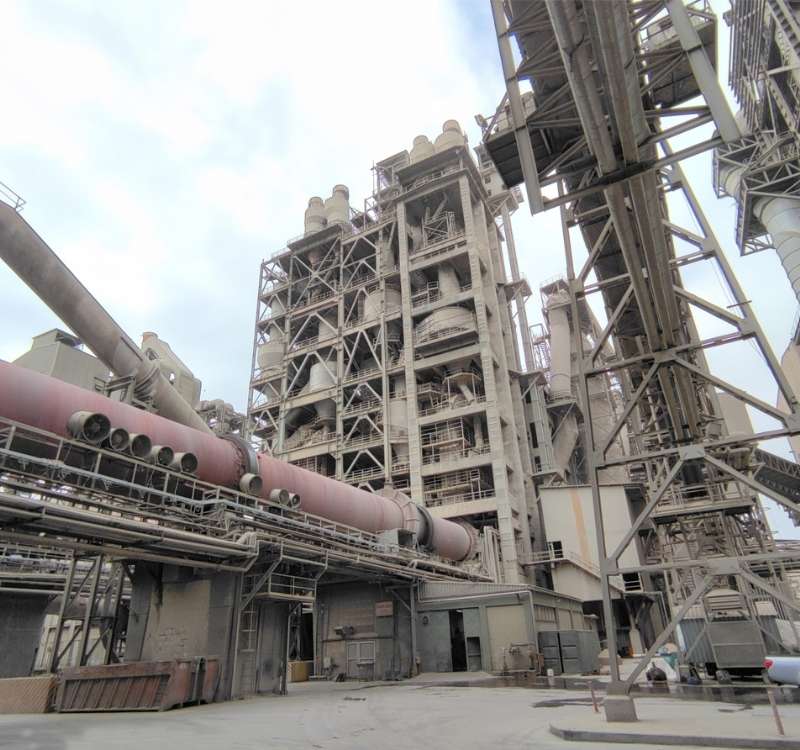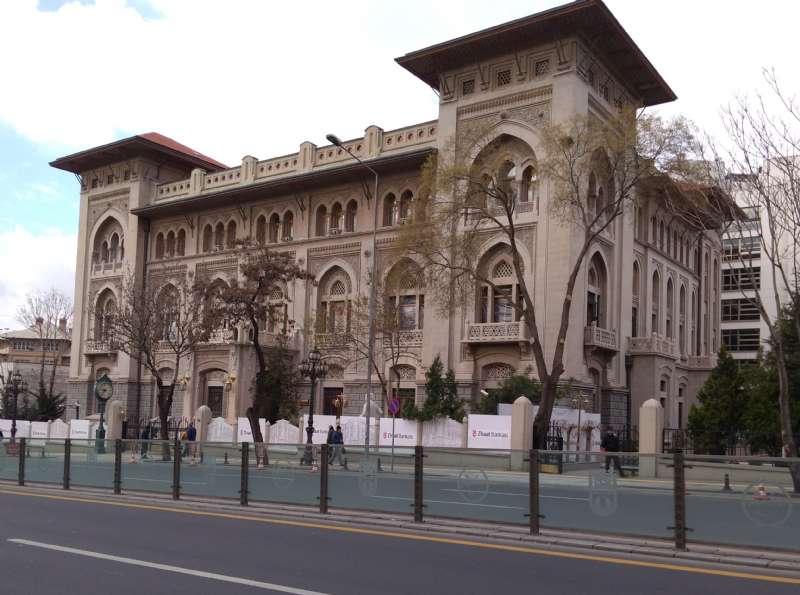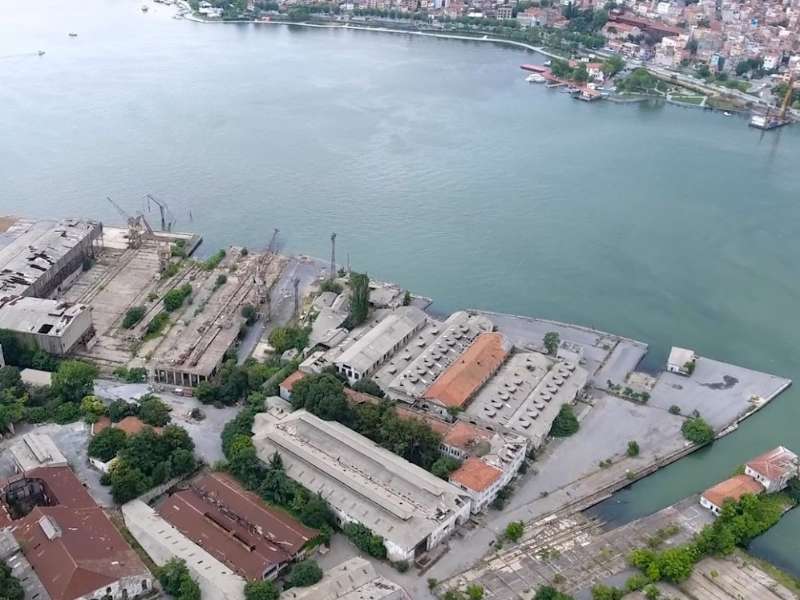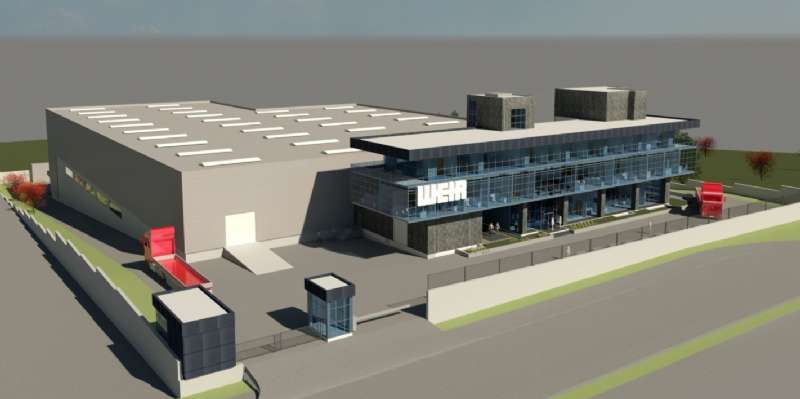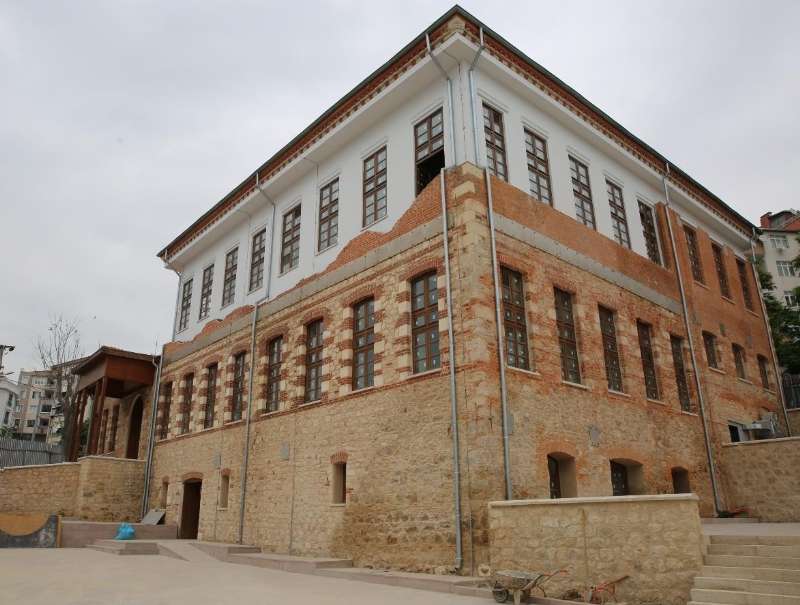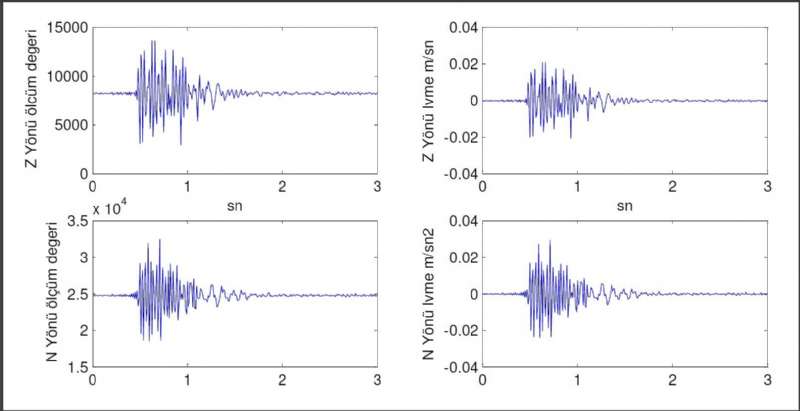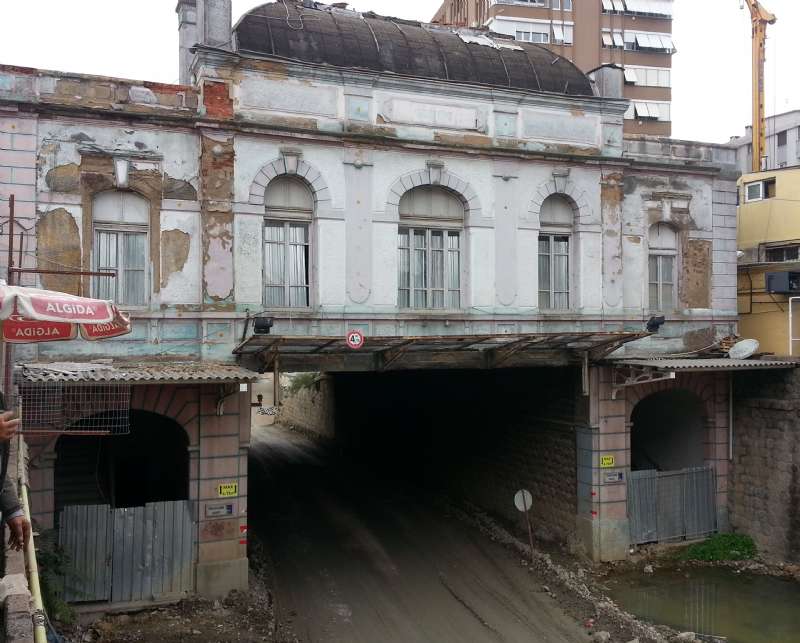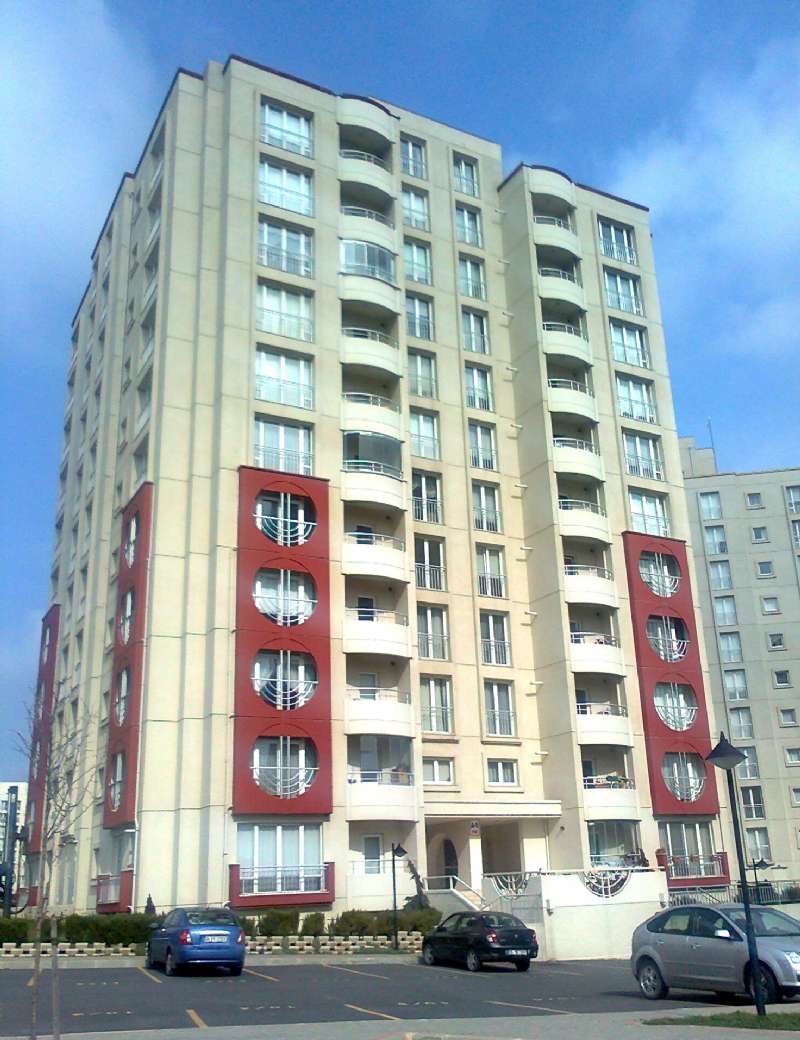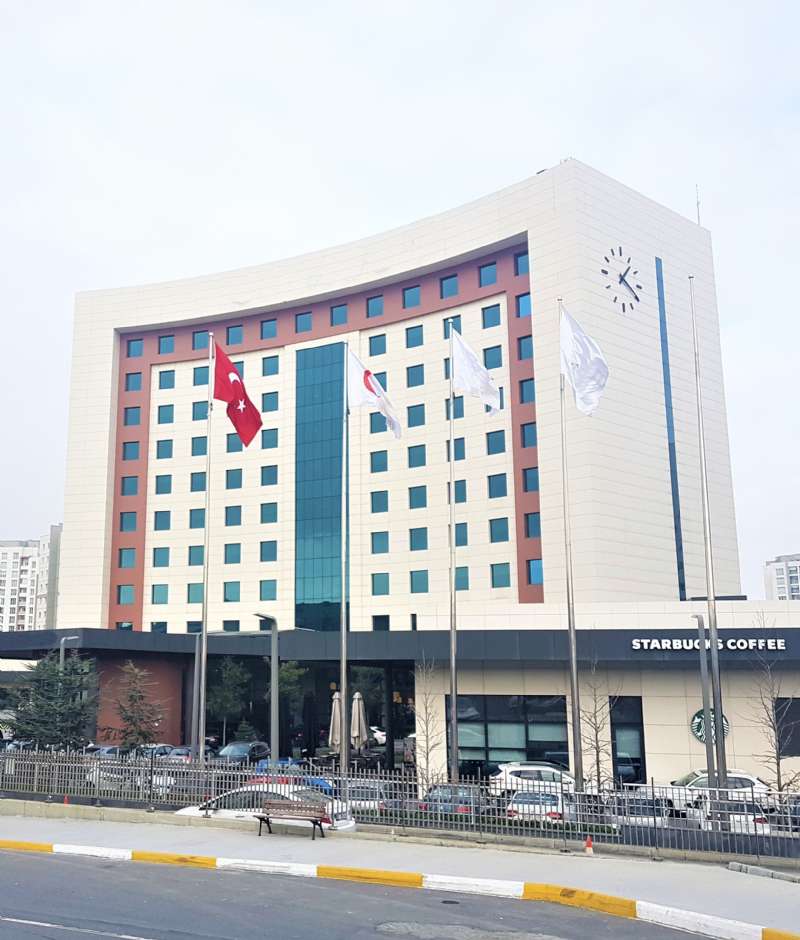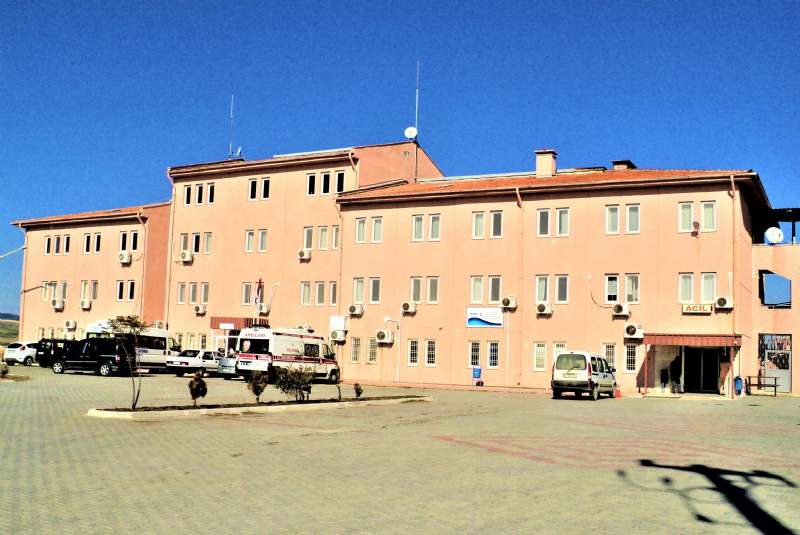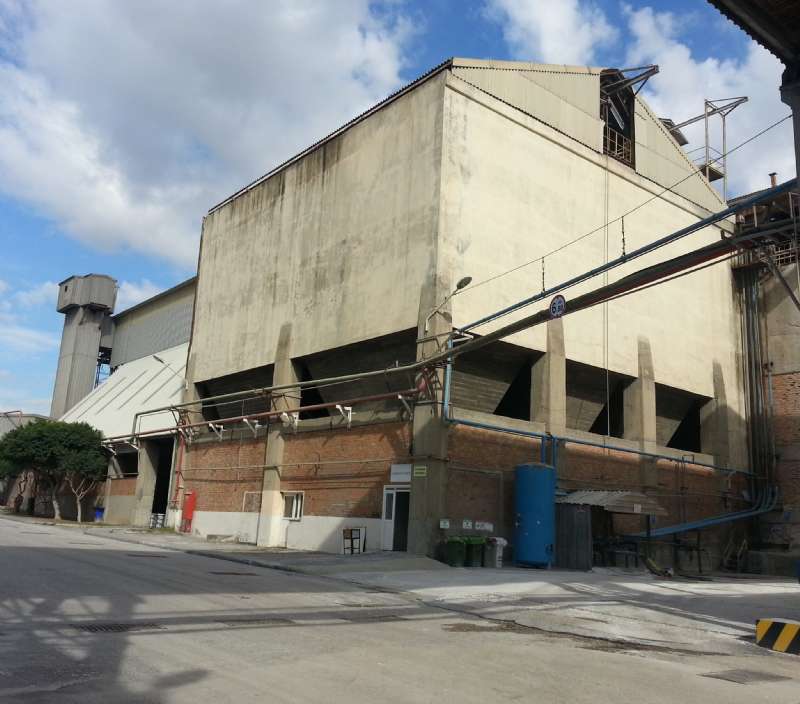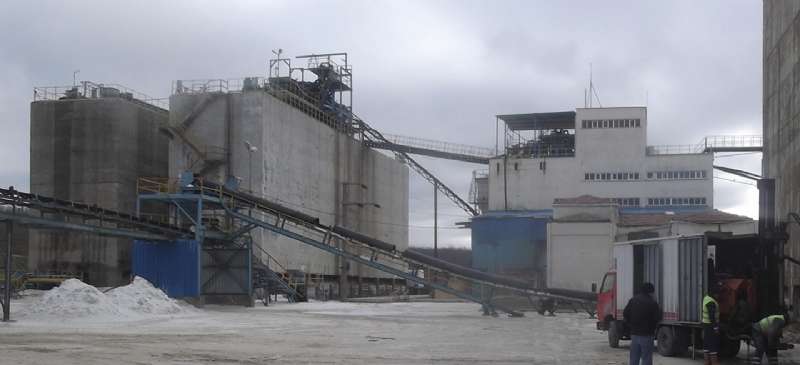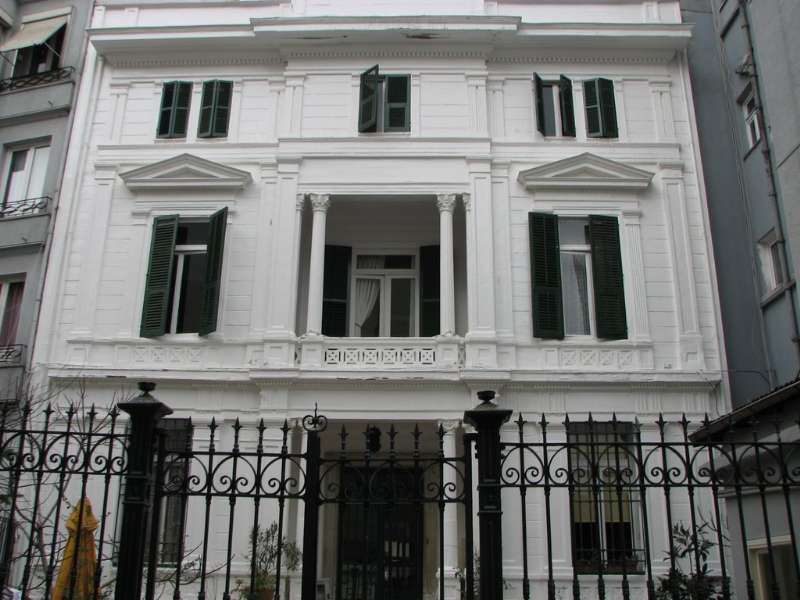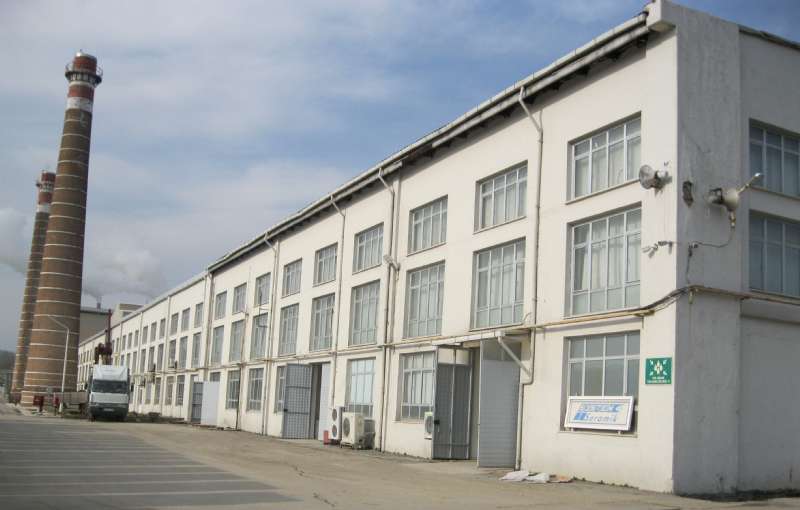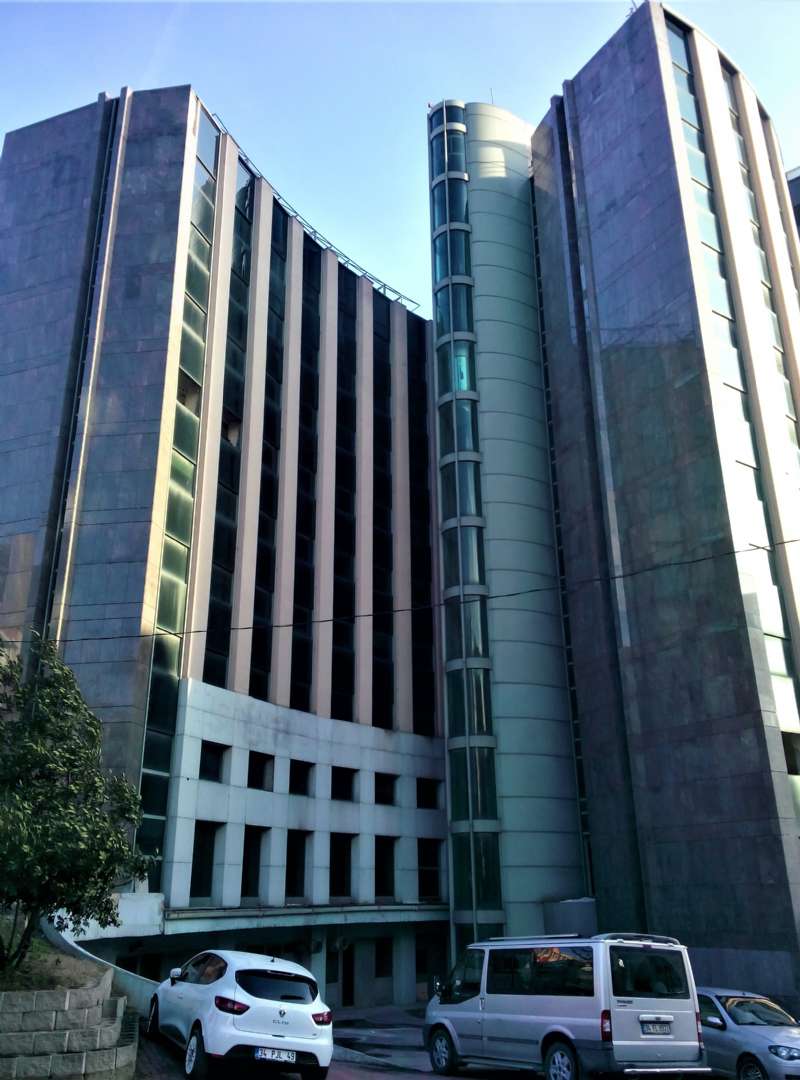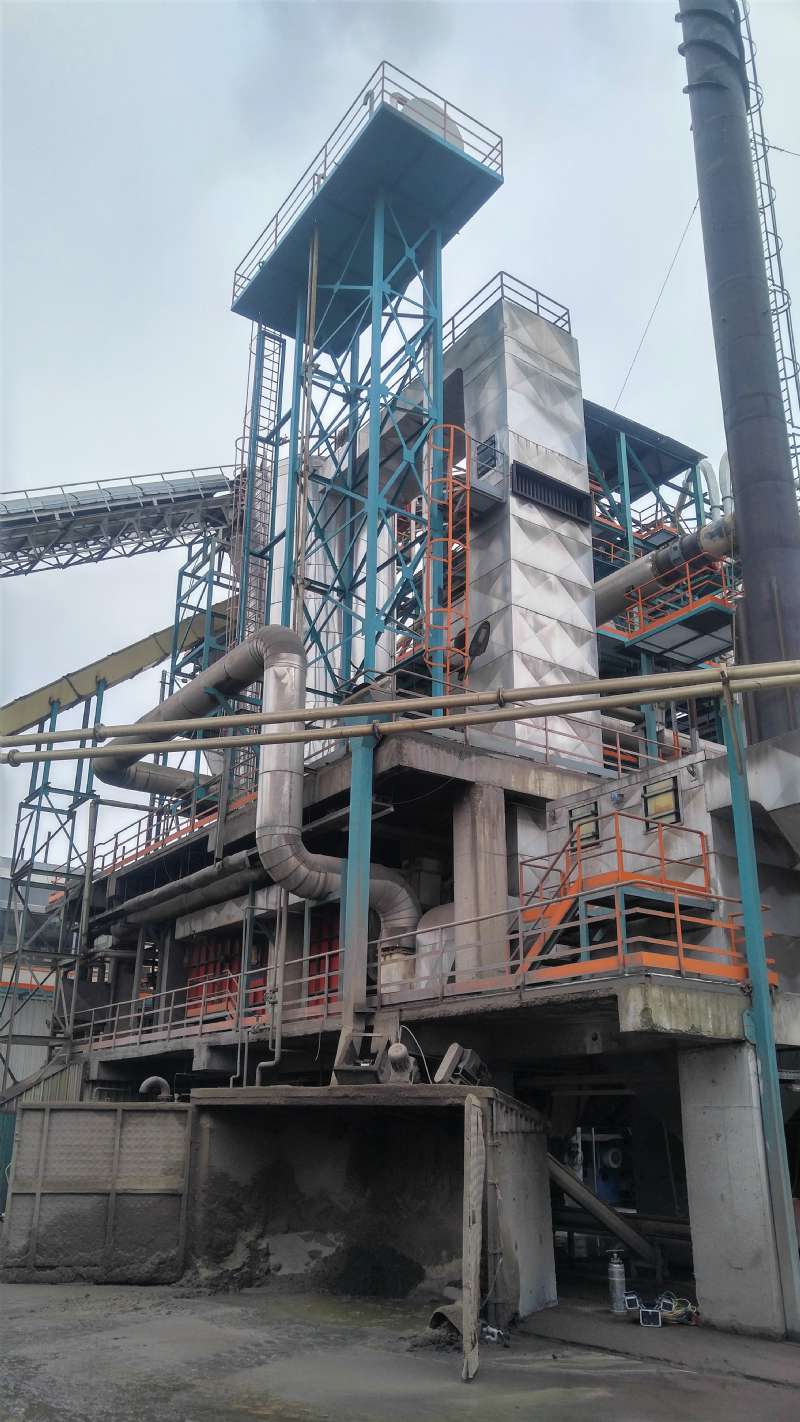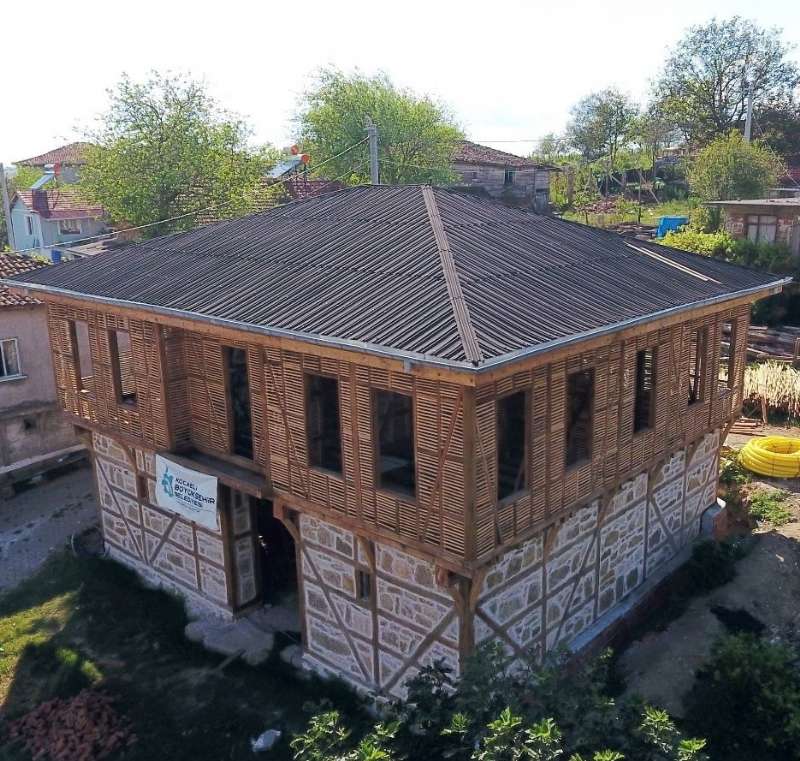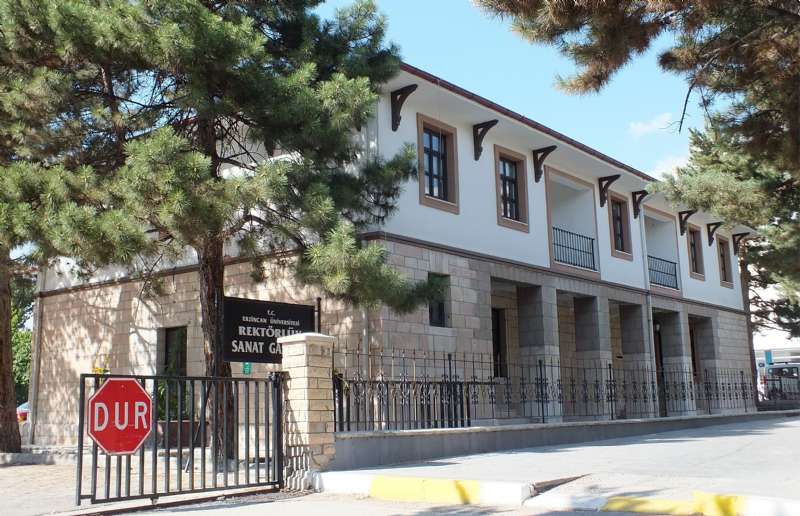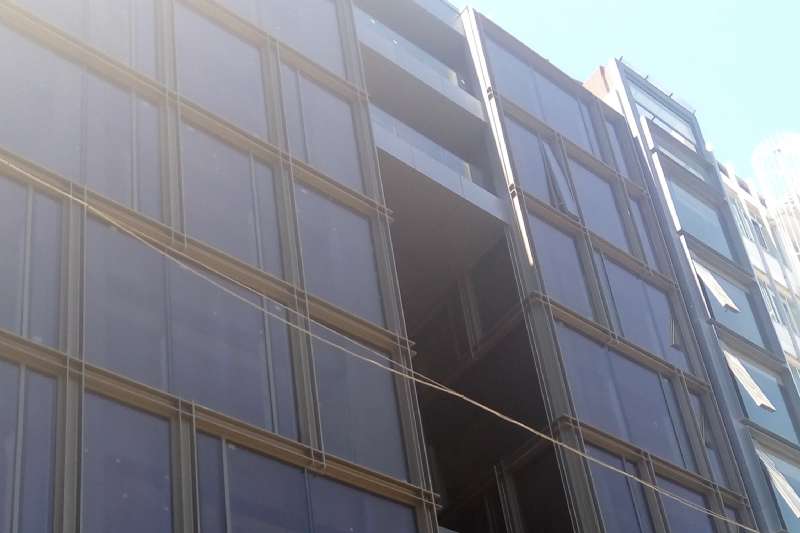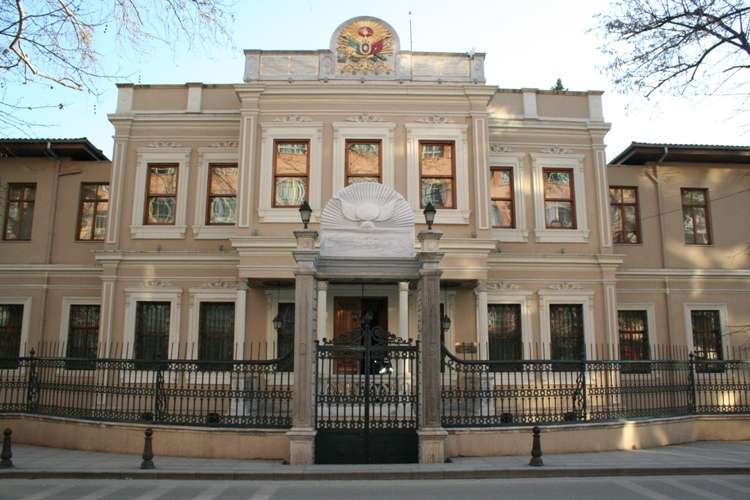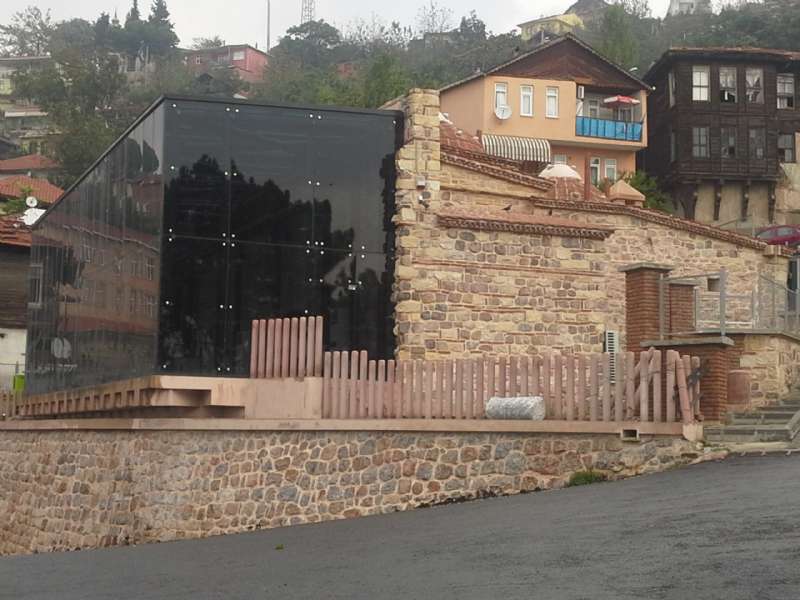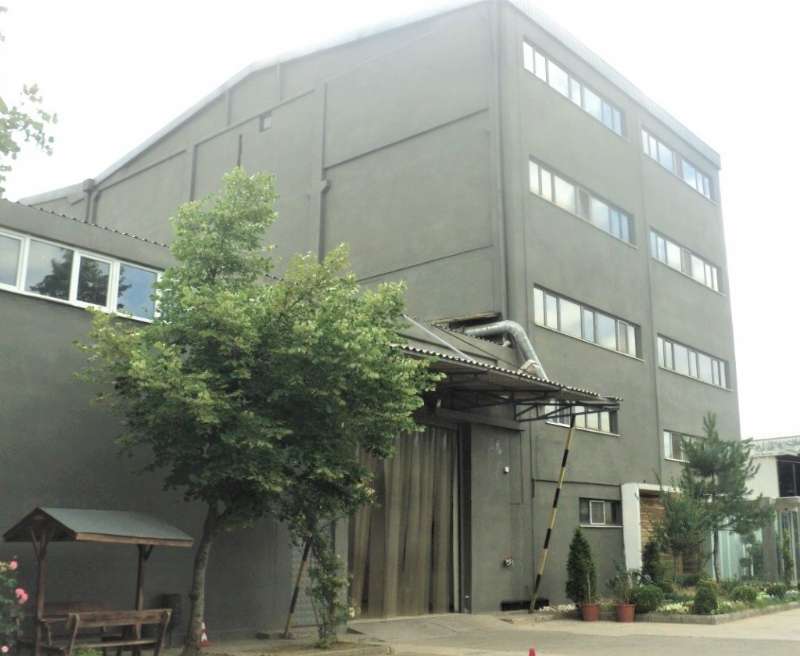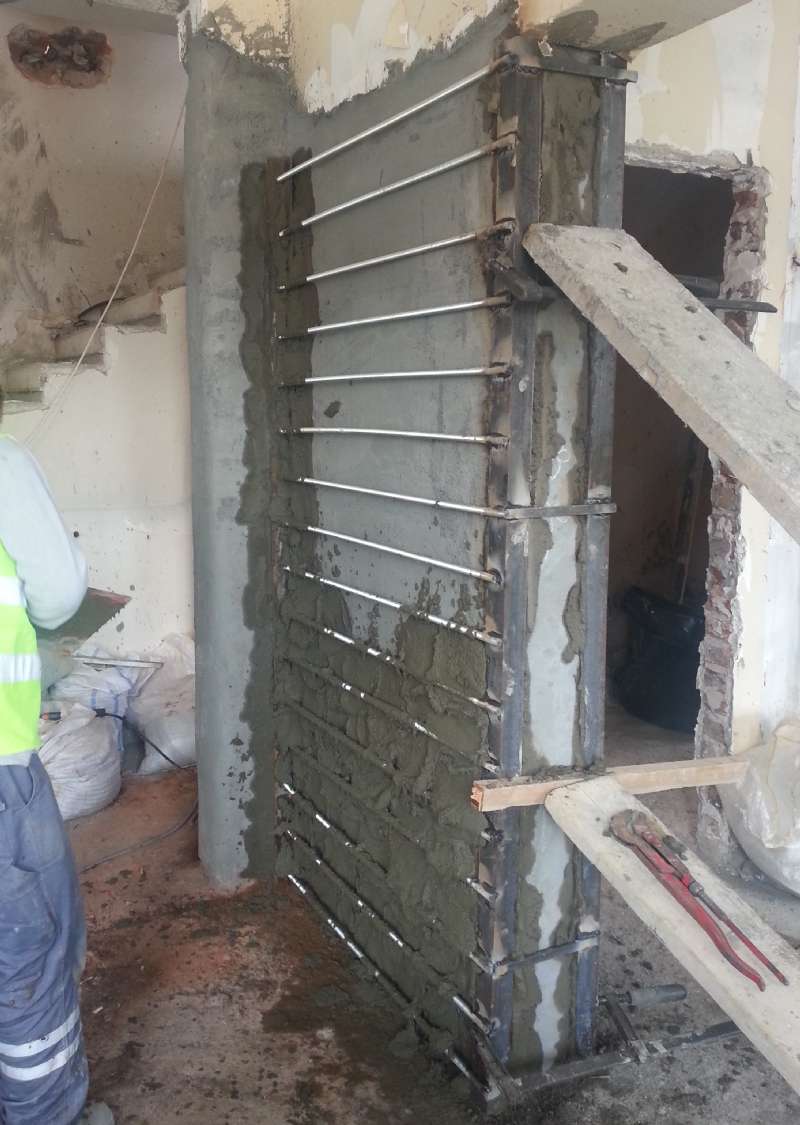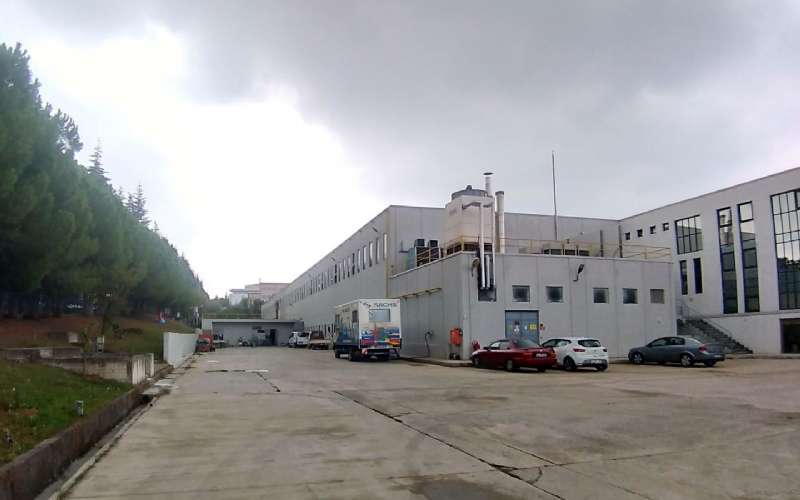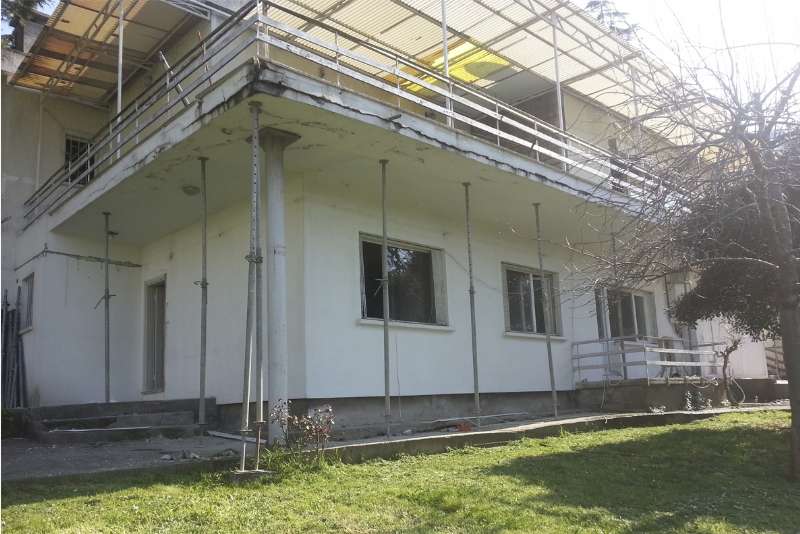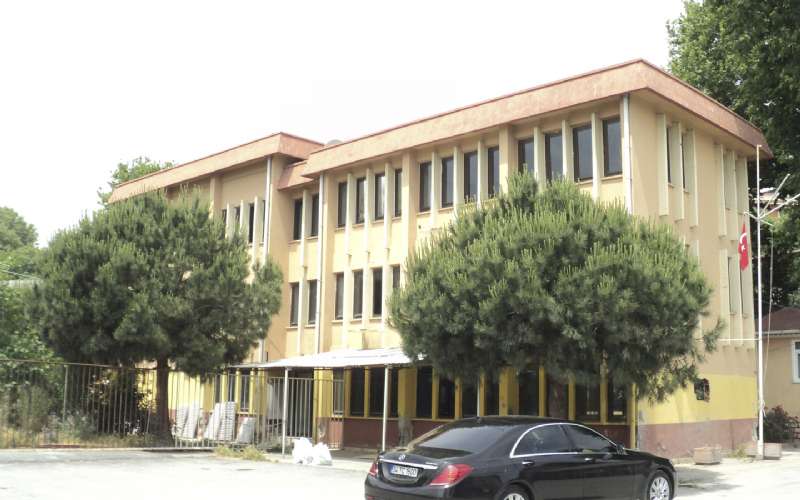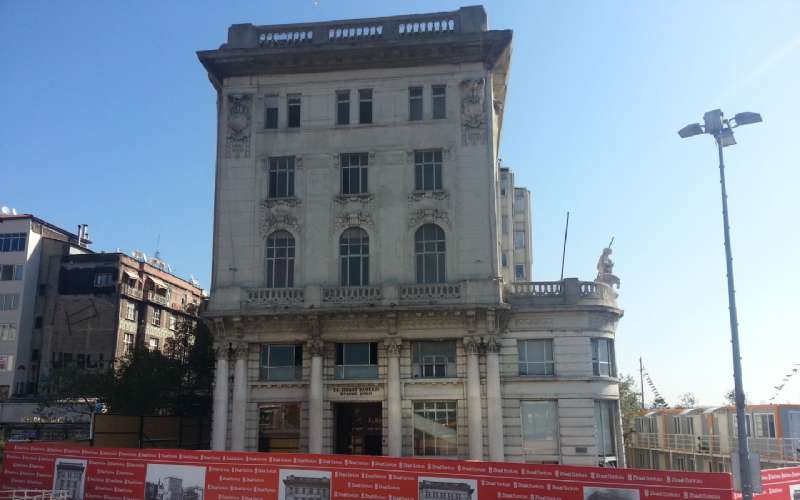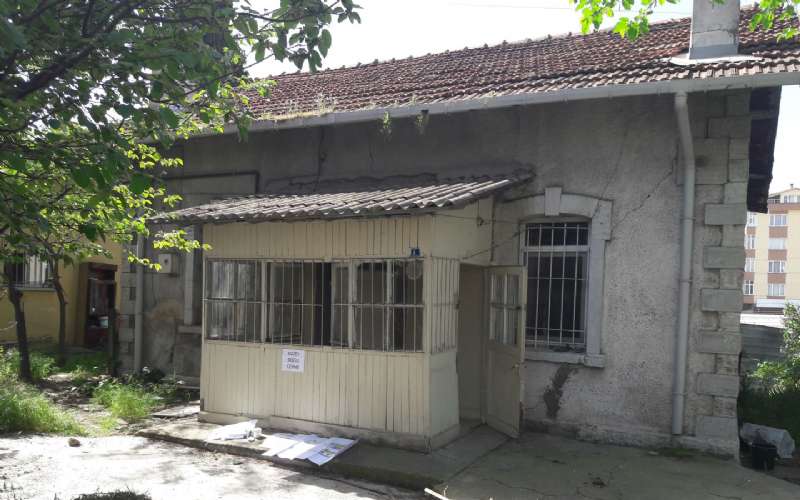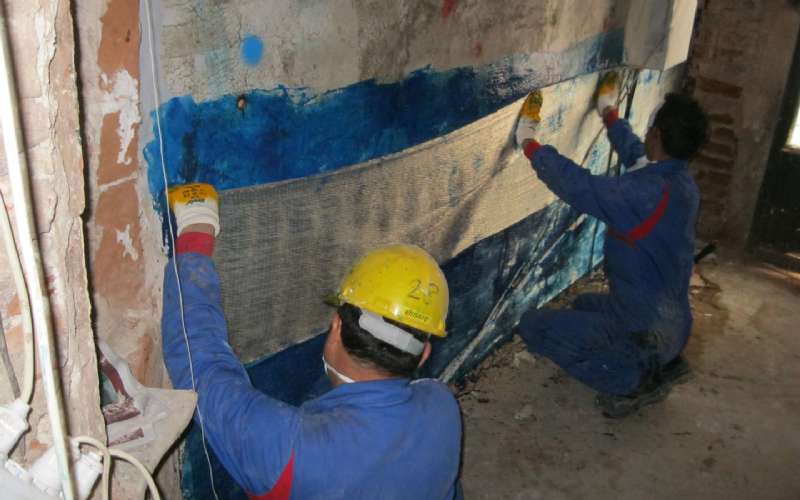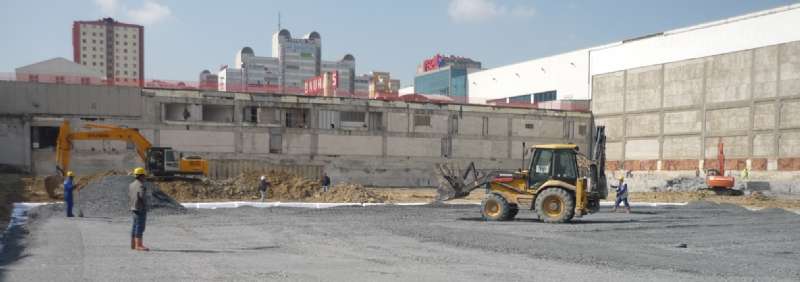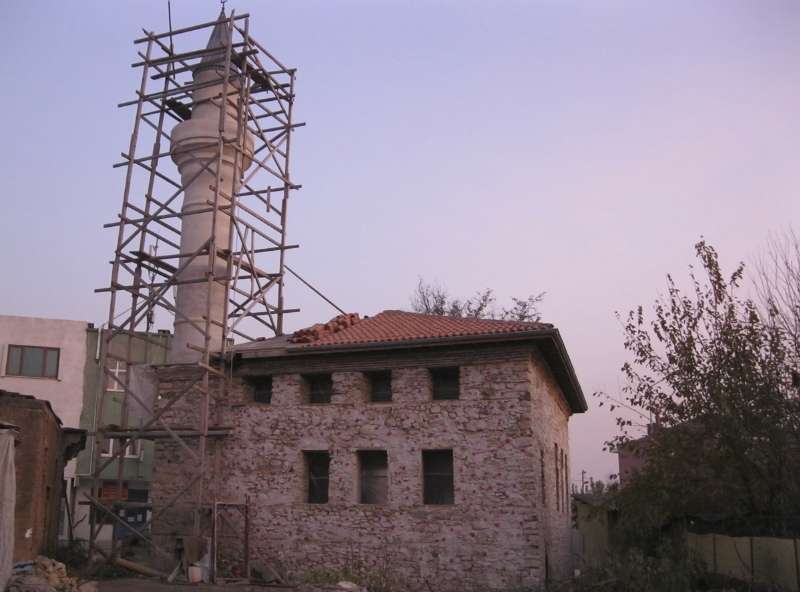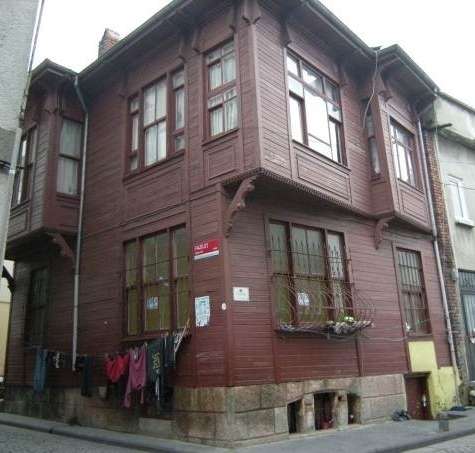IDENTIFYING
STRUCTURAL AND SAFETY RISKS
STRUCTURAL AND SAFETY RISKS
Yapı Risk Analizi
Existing structures, when compared against contemporary standards, carry certain risks. Using the knowledge gained with help of technology and experimental data, it is possible to analyze risk factors of a structure. Such a risk analysis is performed for industrial, residential, healthcare, education buildings and other structures, as well as for determination of structural condition of historical structures in order to preserve them for future generations.
OTS Eng & Consuntancy company performs field studies for identifying current condition of structures as well modeling works and structural analysis. Detailed analysis of structural risk factors is performed based on thorough examination of substructure and superstructure.
In this regard, the process steps are as follows:
• As-built architectural and structural drawings of the existing building are obtained and the relevance between the field application ans as-builts are checked.
• If as-built drawings are not available, new survey of load bearing structures is performed on field.
• A survey of damaged part of the structure is performed at field with full concetration of, detection of cracks. Subsequently structural damage report is delivered.
• Known level of information of the structure is calculated according to the regulations.
• Concrete samples are taken in the amount specified in the regulation and tested in laboratories authorized by the Ministry.
• Reinforcement bar survey is performed using relevant instruments, the diameter of bars, and especially stirrup ranges are observed at field.
• Geological ground survey is performed for location area of the building.
• Foundation are checked by digging survey pits.
• Finally, current condition performance analysis is performed and reported according to current regulations.
The report includes technical analysis data as well as scopes that enable the customer to make prompt and clear decisions about the future of the structure. This data contain information on whether the structure requires strengthening, possibilities of structural strengthening, types and scope of measures for structural strengthening, etc.

